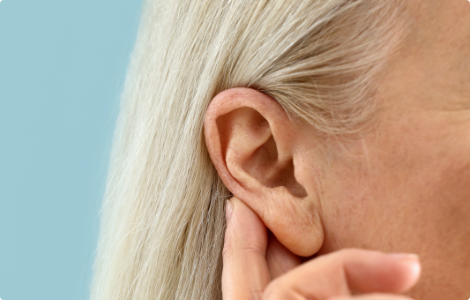Resources
We’re here for you through every phase of your hearing journey; and we’re committed to making every step as easy as possible. Whether you’re looking for hearing information or prepping for your first appointment, this page has you covered.
Patient Links
Everything you need, all in one place.
Below you’ll find everything you need for before, during and after your visit, as well as additional information on hearing healthcare.
Online Hearing Screening
Think You Might Have Hearing Loss?
Take our free, 5-minute online screening to get a better understanding of your hearing health. It can determine if a professional screening is right for you.
Hearing Loss
What Exactly is Hearing Loss?
Hearing loss is the total or partial inability to hear sounds in one or both ears. It happens as a result of the aging process, noise exposure or other health conditions. A diagnostic evaluation is the best way to identify your degree of hearing loss and develop the best treatment plan.


The sense we call “hearing” requires a complex interaction between the environment around us, our auditory and vestibular systems and our brain. Discover the fascinating science behind how our body converts acoustic waves to sound.
More on Hearing – How the Ear WorksUndiagnosed and untreated hearing loss impacts your physical and mental well-being. If hearing is challenging or confusing, you may withdraw from activities and interactions with friends and family. Social isolation leads to depression. Untreated or undiagnosed hearing loss also plays a factor in mental decline.
More on Impacts of Untreated Hearing LossNot all hearing loss is the same; that’s why not all hearing loss is treated the same. There are three types of hearing loss: conductive, sensorineural and mixed. Conductive hearing loss happens when sound isn’t transmitted properly through the ears to the brain. This is often temporary and may require medical intervention. Sensorineural hearing loss occurs when sound transmits properly, but sensory receptors don’t function well. This type of hearing loss is usually permanent. Mixed hearing loss is a combination of conductive and sensorineural hearing loss.
More on Types of Hearing Loss